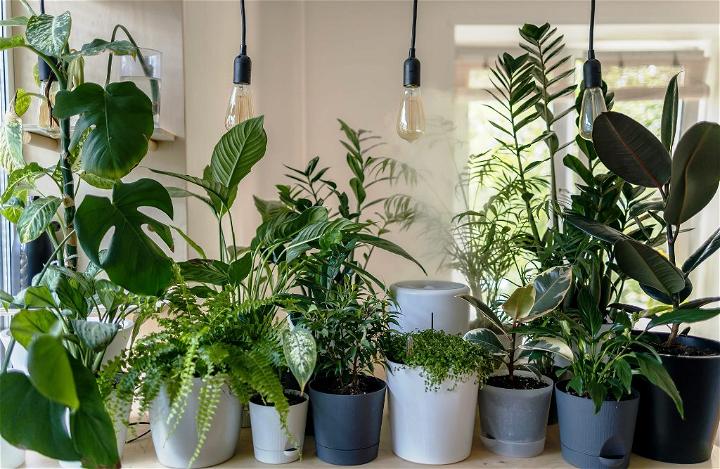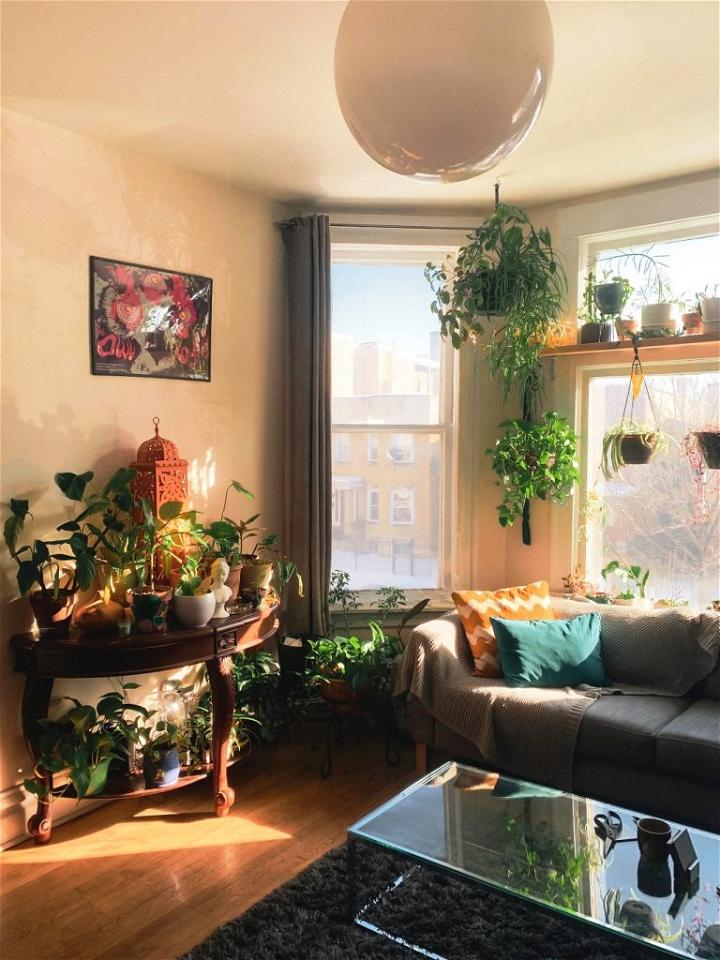Finding ways to incorporate more green life into your days isn’t just about eating your vegetables. The process of gardening and the environment that is cultivated as a result can fill your life with feelings of peace and comfort whether you live in the countryside or in a vibrant city. The following will explore a few tips that you can employ to help create a garden oasis in your home or with the limited space of a small porch or balcony. The goal here is to help you craft a nature-filled space that can boost your mental health and feelings of happiness without requiring acres of land. Of course, if you have more space, you can expand these tips to cover greater areas.

Think About Fragrance
One of the most enjoyable aspects of having an indoor garden is the aroma that some plants can have. Species like lavender, rosemary, mint, and jasmine can fill your space with a fresh and lively scent that lifts your spirits every time you walk past. If you’re unsure which herbs and flowers you like the smell of, spend an afternoon in a garden center, breathing in the natural fragrances, trying to figure out which aromas appeal most to you. As a bonus, certain floral or herbal scents can have positive effects on the body. Do a little research and you’ll discover that smelling lavender is known to help reduce feelings of stress or anxiety whereas a whiff of mint can be energizing. Of course, be sure to avoid any scents you’re allergic to.
Vary Up Your Heights
One of the major differences between a garden space that looks and feels lush with life and one that seems a little lackluster is including a variety of heights. Alter between plants that grow tall, like, for instance, a Zanzibar Gem or a Snake Plant, and plants that stick close to the soil like Chrysanthemum or Lemon Button Fern. You can emphasize the differences in height by placing some plants atop stands or tables and leaving others on the floor. Just be sure that your placement choices don’t impede access to sunlight.
Grow Light Bulbs
While on the topic of light, you may want to consider replacing lightbulbs in your plant room with bulbs that are designed to encourage growth. These can be found at most home improvement or building supply stores and can make a massive difference in how happy your plants are. Most likely, you won’t notice the difference in the light, but your plants will, and this can be particularly useful if you have only north-facing windows or if you have long winters with minimal light in your location.
Consider Maintenance
When choosing plants, you want to consider what sort of maintenance they require. Your oasis isn’t going to feel like an oasis if it’s a never-ending series of chores. Take your time to research what different species of plants need and find the ones that you’re comfortable taking care of; for example, hoya plants are easy to care for, as are spider plants. Of course, what is easy to care for might also depend on where you live. Consider the humidity levels of your home climate, the hours of sunlight per day that plants can expect, and the temperature range that is common within your apartment or house. All of these will impact which plants are easier to care for.

Play With Texture
Another thing that can make your garden space look wild and lovely is a wide variety of plant textures. Some leaves are sleek and shiny; others are fluffy; cacti are spiky; aloe leaves are puffy. When you’re wandering through your local garden center, keep your eyes open for textures that you don’t have in your collection yet.
Drainage Is Your Friend
One of the easiest ways to make life hard for your plants is to not provide sufficient drainage. While this can be accomplished with pot selection (pots with holes in the bottom and a dish that sits beneath will allow for unused water to drain out of the soil), many people run into the problem of the more beautiful pots not having holes. If your heart is set on a plant pot that doesn’t have built-in drainage, there are a few steps you can take. First, fill the bottom of the pot with rocks. This will allow water to sink below the soil level, which can reduce excessive dampness, which in turn, can reduce the risk of mold or other problems. Second, get your hands on some horticultural charcoal and sprinkle a layer of that atop the rocks. This will help kill problematic bacteria and mold by sucking in contaminants. You can then add your soil and plant.
Wipe Down Your Leaves
Every so often, take a damp cloth and wipe down the leaves of your plants. Dust can build up atop them, making it harder for your plants to absorb all the light that they want and need to grow. It also keeps them looking shiny and healthy.
Don’t Move Your Plants Too Much
It’s hard to imagine until you have a collection of plants that you’re caring for, but flora and fauna have much more life and agency than people first realize. When you set a plant in one location, it slowly moves its leave to face the sunlight and will grow towards the light. If you move the plant, it will have to rearrange its leaves, and this can result in a period where they have a hard time thriving. This is important to keep in mind when you lift pots for watering or cleaning; always try to put the plant back into the spot it was in.
The above tips should help you put together a garden space that is full of vibrant energy and soothing vibes no matter how much space you have for your garden. Remember that many plants will allow you to take cuttings and grow additional plants with them, so if your budget is a concern, start small. With a little patience and care, a well-cared-for plant can turn into several plants.
